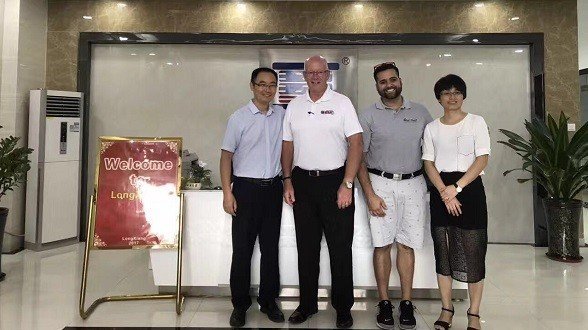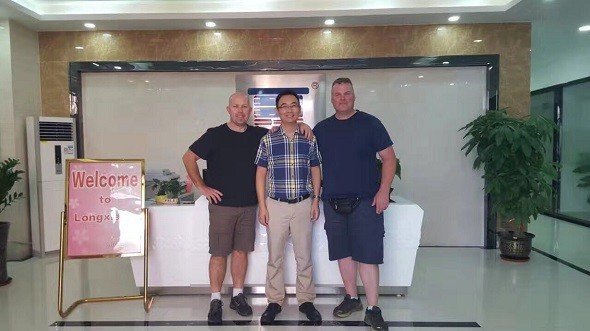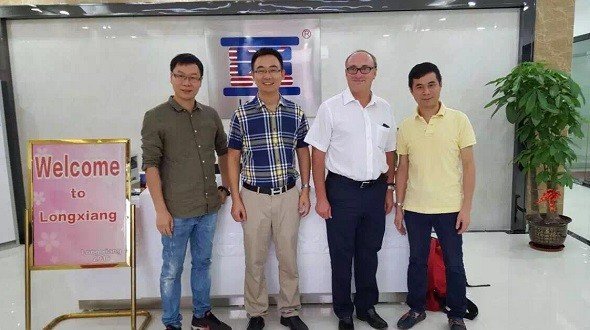Hey there! If you’ve landed here, you likely already know that in injection molding, separating molded parts from runners or sprues efficiently is essential — both for quality control and cost savings. But did you realize that a well-designed injection molding part separator can dramatically improve throughput, reduce labor costs, and reduce damage to delicate parts?
At LXG Mold Tooling, we specialize in manufacturing custom injection tooling and associated auxiliary equipment such as part separators. In this guide, we’ll walk you through what part separators are, how they integrate into injection molding systems, the different types, key design considerations, and why choosing the right partner (like us) makes all the difference.
What Is an Injection Molding Part Separator?
In simple terms: an injection molding part separator is a mechanical device or system that automatically separates the molded parts (finished components) from their runners, sprues, or gates after they exit the mold. Rather than relying on manual pick-and-place or post-processing stations, the separator uses vibration, rotation, airflow, or mechanical sorting to direct parts into one path and reroute scrap into another.
Why is this important? Because in a production environment:
Labor costs are reduced (less manual sorting).
Damage or defects from human handling can be minimized.
Cycle times improve since parts are processed immediately.
Downstream automation becomes simpler (you can feed parts directly to packaging or assembly).
Leading suppliers of part separation systems already offer rotating drums, roller separators, spiral separators, and conveyor-integrated systems.
But as a manufacturer, you don’t have to simply buy “off the shelf” — you can specify and adapt separators customized for your molded parts. That’s where our expertise at LXG comes into play.
2. Types of Part Separators & How They Work
There are several common types of injection molding part separators, each suited to different part geometries, sizes, and runner/part differences. Let’s explore:
2.1 Drum / Rotating Drum Separators
These are among the most widely used. Parts and runners drop onto a rotating drum that has perforations or holes sized such that runners pass through while parts ride over the surface and are discharged separately.
Advantage: Simple, robust, relatively low maintenance.
Best for: consistent size differences between runner and part.
Use case: Globally used in separators systems catalogues.
2.2 Roller / Belt Separators
These use a set of rollers or belts with interleaved gaps. As parts and runners pass through, one element (e.g. the runner) drops through while the part continues.
Advantage: Gentle handling, adjustable spacing.
Use case: Useful when parts are fragile or require minimal shock.
2.3 Spiral / Helical Separators
Parts are conveyed on a spiral path while gravity pulls runners inward or outward, causing separation.
Advantage: Compact, continuous operation, can sort multiple parts in sequence.
Use case: Long slender parts, small diameter runners.
2.4 Paddle / Tumbler / Sleeve Style Separators
These rotate or vibrate parts in a cage or shell; paddles push or deflect runners away while letting parts remain on track. Dynamic Conveyor, for instance, offers sleeve-type tumbler separators that allow interchangeable sleeves and adjustable fins for flexible sorting.
2.5 Paddle or Sprue Separators
Often used in sprue-heavy molding, these “paddle” separators push away sprues while letting parts pass. ST Machinery, for example, offers roller sprue separators and paddle separators tailored to part-sprue separation.
Matching Separator to Your Part
Choosing the right separator depends on factors like:
Size and mass difference between part and runner
Geometry: presence of undercuts, thin walls, etc.
Production volume
Mold cycle time
Integration with conveyors and automation
At LXG, when building your plastic molds, we can co-design the part separator to match your part—ensuring no bottlenecks downstream.
3. Key Design Considerations for Part Separators
If you (as a buyer) are evaluating options or specifying to a vendor, here’s what you should pay attention to:
3.1 Gap Tolerance & Clearance
The difference in dimensions between your molded part and runner determines how tight or loose your separator gaps can be. Too tight, and parts jam; too loose, and scrap gets through.
3.2 Vibration & Acceleration
Some separators use vibration or acceleration (like in tumblers) to shake apart parts and runners. The amplitude, frequency, and direction influence how reliably separation occurs.
3.3 Surface Finish & Material
The surface of drums, rollers, paddles needs to minimize friction so parts don’t stick or scuff. Choosing wear-resistant materials is critical for longevity.
3.4 Integration & Flow
Your separator must match the flow velocity of molded parts from the mold. It must align with conveyors, diverters, collection bins, or automation. A mismatch slows cycle times or causes jams.
3.5 Scraps Collection & Regrind Paths
Runners and sprues must be collected in a separate bin or routed to a granulator — the system should be designed with clear scrap paths.
3.6 Safety & Maintenance
Access panels, guarding, and cleaning ease are essential. You’ll also want variable speed drives and adjustment mechanisms for flexibility.
3.7 Noise & Energy Use
High-speed drums or vibrations can be loud—designing for lower RPMs and energy-efficient motors helps both ergonomics and cost.
When you order from LXG, we can provide design validation for your part separator integrated into your mold line or production cell.
4. How LXG Builds Better Part Separators (Our Advantage)
You might ask: why trust LXG Mold Tooling to supply part separators rather than taking a generic unit? Here are our key differentiators:
4.1 Mold-Integrated Design
We can design the injection molding part separator into your tooling layout and production flow from day one. That holistic approach reduces alignment issues and ensures smooth operation.
4.2 Custom Tailoring
Not all molded parts are alike. We analyze your geometry, runner design, and cycle rate to recommend drum size, gap spacing, speed, and vibration settings that match your parts.
4.3 High-Quality Components
We use premium bearings, coatings, and precision machining. That means longer life, low maintenance, and consistent performance even in high-volume operations.
4.4 Prototyping & Testing
Before final delivery, we test your separator with your actual molded parts and runners. We verify separation efficiency, adjust settings, and provide you performance videos — so you know it works. (Many separator companies do this too, e.g. offering free trials of Crizaf separators) Globeius+1
4.5 Automation-Ready Integration
We deliver separators pre-aligned for conveyors, sensors, photoeyes, or diverter arms. Your production engineers get plug-and-play integration.
4.6 Full Service & Support
From installation, commissioning, training, spare parts, to upgrades — we don’t just sell hardware, we deliver solutions.
When you choose LXG, you’re not just buying a part separator — you’re getting an engineered, validated subsystem optimized for your molded part production.
5. Use Cases & Examples Where Part Separators Shine
Let me show you a few scenarios where investing in a solid injection molding part separator has proven value:
Case A: Consumer Electronics Enclosures
Imagine molding hundreds of delicate plastic housings per hour, with thin walls and delicate latches. Manually sorting runners risks damaging the parts. A drum separator — tuned precisely — can cleanly separate runners and feed good parts to downstream checks.
Case B: Automotive Connectors
You have connectors molded with short runners. Because parts and runners are similar in size, a drum or adjustable tumbler with interchangeable sleeves works best — you adjust gap spacing quickly when switching variants.
Case C: Medical Device Parts
High precision, tight tolerances, and zero damage allowed. A custom separator with extremely fine gap control, soft roller surfaces, and smooth conveyors prevents scuffing critical medical components.
Case D: Insert-Molded Assemblies
Parts come off the mold already containing metal inserts. The separator must not exert too much force on the parts or dislodge inserts. LXG’s custom design often includes softer drums and vibration dampening in these cases.
These success stories are what set us apart from standard separator suppliers.
6. Steps to Order Your Injection Molding Part Separator from LXG
Want to order? Here’s how the process typically proceeds when you engage LXG:
Step 1: Inquiry & Feasibility Review
You send part drawings, runner design, cycle rate, mold layout, conveyor specs. We review and suggest whether a drum, roller, spiral, or tumbler type is best.
Step 2: Design Proposal & Quote
We generate a custom design drawing, separation scheme, expected throughput, and cost. You approve or adjust.
Step 3: Prototype or Demo Validation
If needed, we build a small test separator to validate your part/runners. You test it, we verify performance, and fine-tune spacing or vibration.
Step 4: Manufacture & Assembly
We use high-precision machining, robust materials, and assemble your separator unit. We integrate drive systems, guarding, and alignment interfaces for conveyors.
Step 5: Factory Acceptance Test (FAT)
We run your parts through the separator in our factory, record videos, measure separation efficacy, and provide reports.
Step 6: Delivery, Installation & Commissioning
We ship to your facility, assist installation, align with conveyors, and conduct onsite fine-tuning. We also train your operators.
Step 7: Support & Maintenance
We supply spare parts kits, user manuals, and provide ongoing support. If your production changes, we help adjust speed or gap settings.
This process ensures you get a separator that works reliably day one — not something you tweak endlessly.
7. FAQs (Frequently Asked Questions)
Q1. Can any molded part use a separator?
Not always — the part and runner dimensions need to have enough difference. But at LXG we can analyze your part geometry and often find a viable path.
Q2. What maintenance does a separator require?
Routine checks include cleaning drums/rollers, checking bearings, verifying gap settings, lightweight lubrication, and monitoring motor performance.
Q3. Do separators work with colored or translucent parts?
Yes — separation is mechanical, not optical. But surfaces should be smooth to avoid sticking.
Q4. How do I choose drum vs roller vs spiral?
It depends on your part-to-runner size ratio, production volume, and footprint constraints. We can guide you through that decision.
Q5. What’s the cost benefit?
Reduced labor, fewer part damages, improved throughput — often your separator investment pays off within weeks in high-volume production.
8. Why LXG Mold Tooling Is Your Ideal Choice
Let me sum up why ordering your injection molding part separator from LXG Mold Tooling is a smart move:
We are mold tooling experts, so we understand part geometry, shrinkage, gating, and how these affect separator design.
We deliver custom solutions, not just generic units. Your separator is tailored to your molded parts.
We validate performance in-house before delivery — no surprises on your production floor.
We support integration with conveyors and automation.
We provide lifetime support, spare parts, and upgrades.
Our separators complement our mold-making capabilities — you can get an end-to-end solution from us (tooling + parts separation) rather than stitching together multiple suppliers.
If you are ready to build your mold and want a matching separator that works flawlessly, LXG Mold Tooling is the partner you should trust.
9. Call to Action: Let’s Talk Separator Design
You’ve read enough — now it’s time to act. If you are looking to order an injection molding part separator, here’s what you should do next:
Send us your part and runner geometry, expected cycle rate, conveyor layout, mold drawing.
We’ll review and propose a separation scheme (drum, roller, spiral, etc.).
You’ll receive a custom quote, 3D drawings, and performance claims.
We build and validate the unit before it ships.
Don’t settle for a one-size-fits-all separator. Get a machine designed specifically for your molded parts and production environment.
👉 Contact LXG Mold Tooling today for a tailored injection molding part separator solution — and integrate it seamlessly into your tooling system.
3 Steps For Precision Manufacturing
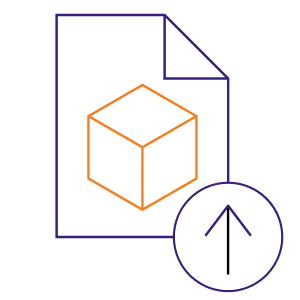
Share Your Files
We’ll sign an MNDA and assess manufacturability for free.

Recieve A Quote
Clear pricing and lead times, no
surprises.
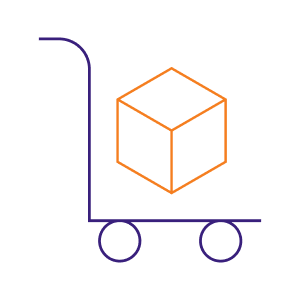
Place Your Order
Lock in production and move forward with confidence.
Get A Quote Now and let’s build smarter, faster, and stronger — together.
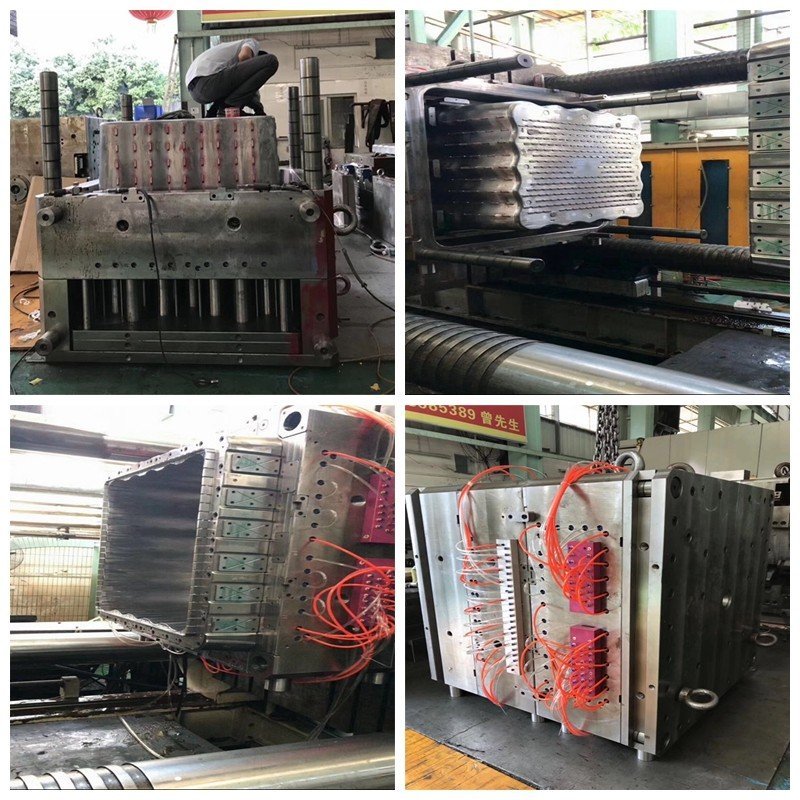
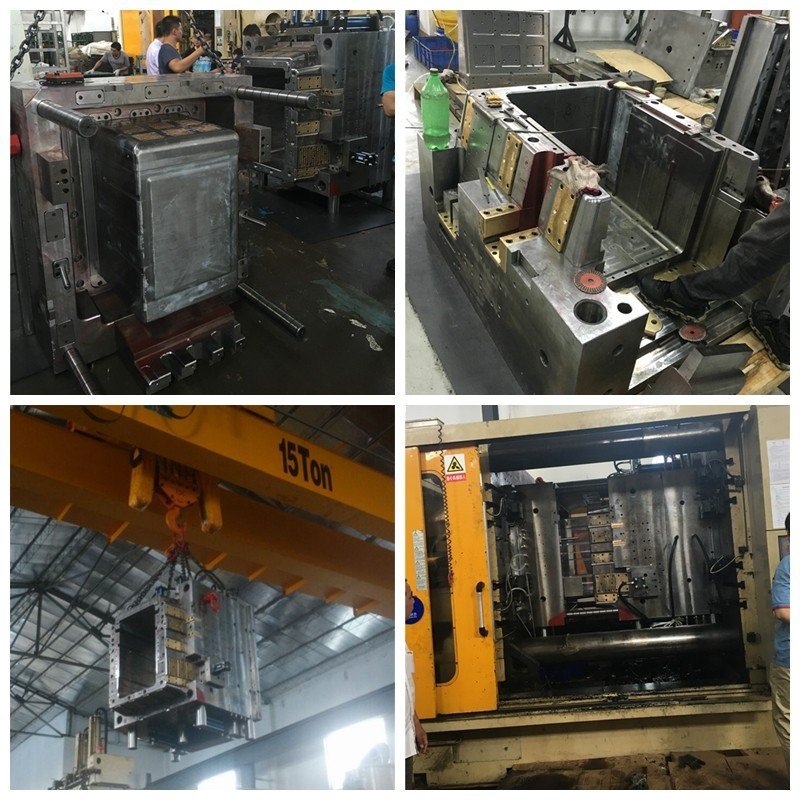
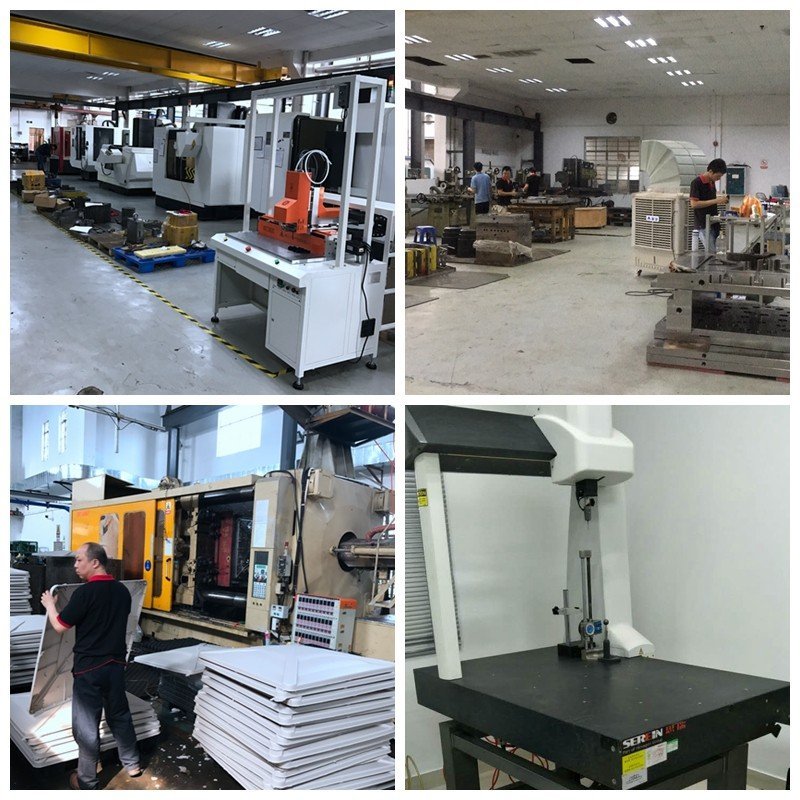
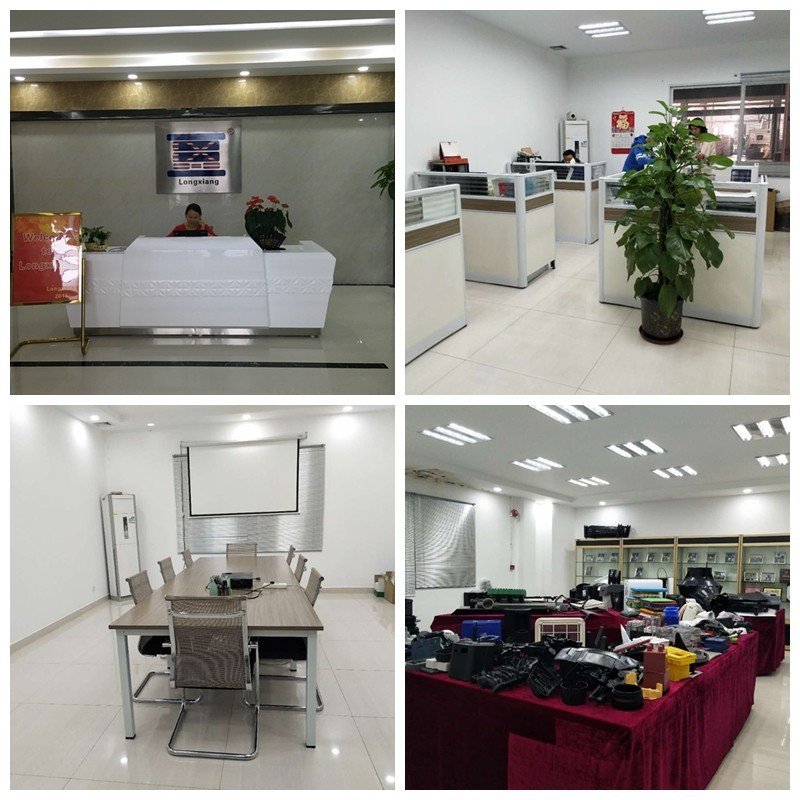
Our Testimonials
our client say's
At LXG Mold Tooling, we believe great products start with great tools. As a global leader in injection mold tooling and high-precision plastic manufacturing, we’ve built our reputation on quality, speed, and trust.
Founded in 2000 as part of LongXiang-Ltd, our company has grown into one of China’s most reputable mold-making and injection molding partners. With a 5,000 sq. meter facility, 120+ skilled professionals, and state-of-the-art equipment, we provide end-to-end solutions — from concept validation and rapid tooling injection molding prototypes to mass production with durable injection molding tools.
